News

Earth Sciences New Zealand announces its new Chief Executive
Earth Sciences New Zealand Chair, David Smol, is pleased to announce the appointment of James Palmer as Chief Executive of the organisation, with effect from 2 March 2026.
Find out more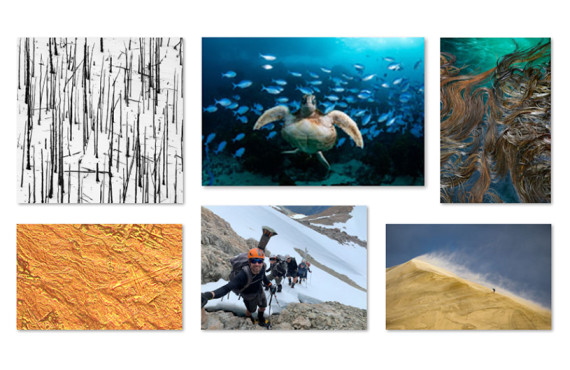
Scientists’ stunning snaps
An annual photography competition held by Earth Sciences New Zealand has put our exceptional natural environment in the spotlight.
Find out more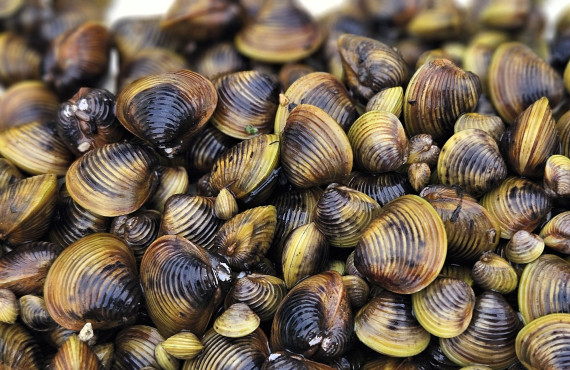
It’s breeding season for invasive clam
Earth Science NZ researchers are seeing signs that the breeding season for the invasive freshwater gold clam (Corbicula fluminea) has begun.
Find out more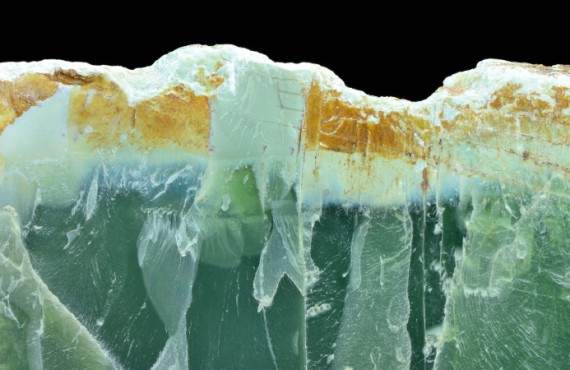
Carving deep into the secrets of Pounamu – a hui of stone, culture, science and shared knowledge
A unique collaboration between 22 pounamu carvers from across the motu and scientists from Earth Sciences NZ unfolded at the University of Otago recently; blending mātauranga Māori with scientific inquiry to explore the remarkable toughness of pounamu. Carvers are from a range of iwi affiliations, but most are listed with Ngāi Tahu.
Find out more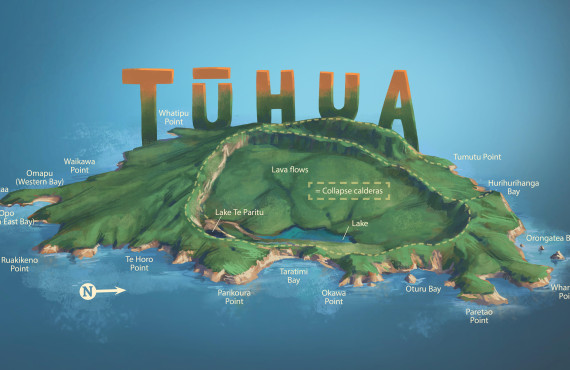
Only the facts: new Tūhua/Mayor Island Volcano resource now available
Lying offshore of western Bay of Plenty, Tūhua/Mayor Island is a famous big-game fishing and diving destination, and a haven for wildlife as a pest-free sanctuary. But did you know it is also a dormant volcano?
Find out more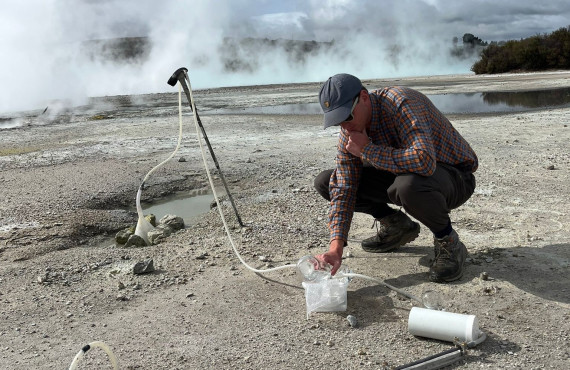
Earth Sciences NZ secures $2.6M in Marsden Fund Support
Four new research projects led by Earth Sciences New Zealand have received support from the prestigious Marsden Fund. These projects will tackle some of the most pressing challenges in energy, sustainability, and volcanic risk.
Find out more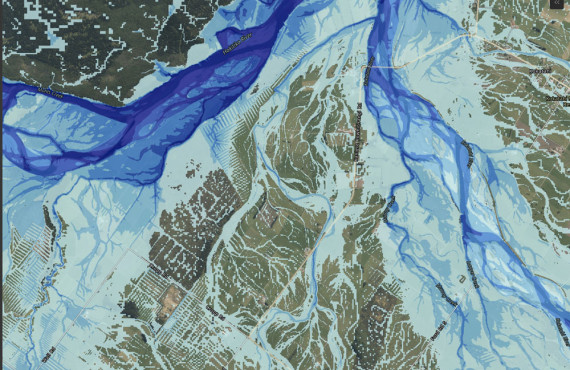
Nationwide study reveals escalating flood risk
New research led by Earth Sciences New Zealand reveals that more than 750,000 New Zealanders live in locations exposed to flooding from one-in-100-year rainfall flooding events. And this number could increase to more than 900,000 with a further 3 degrees of warming due to climate change.
Find out more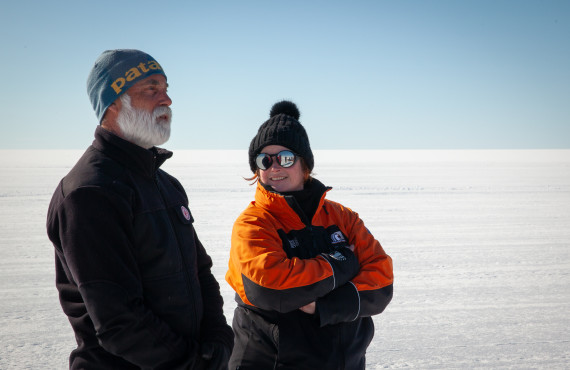
Behind the scenes of SWAIS2C’s hunt for climate clues at the Antarctic frontier
Last summer a team of scientists and drillers ventured to the far reaches of the Ross Ice Shelf to drill for geological records critical for forecasting future sea-level rise. The story of the highs and lows of their mission reveals the grit and determination behind world-leading Antarctic research.
Find out more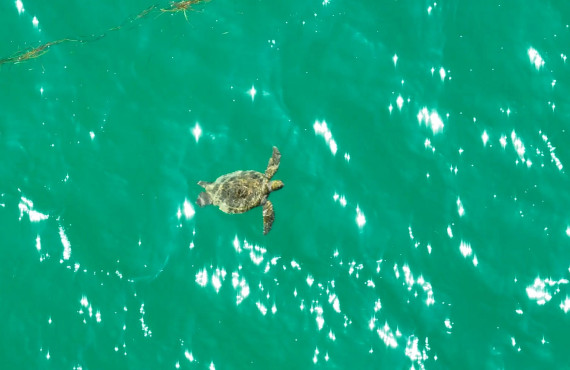
First known green turtle feeding habitat confirmed in NZ
Scientists have used drones to video green turtles feeding in New Zealand waters for the first time.
Find out more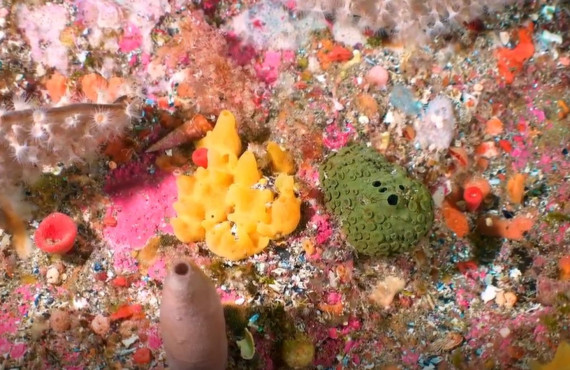
Discovery of new marine sponges a ‘huge surprise’
A research team exploring marine sponges in Fiordland has found half of the 82 sponge specimens collected during a recent trip are new to science.
Find out more
New research to understand the impact of marine heatwaves on fisheries
A new report has outlined how gradual long-term warming of the waters around New Zealand, and an increase in short-term heat events, are likely under different greenhouse gas emission scenarios.
Find out more
Antarctic methane discoveries skyrocket
New methane seeps are being discovered at an astonishing rate in Antarctic waters.
Find out more